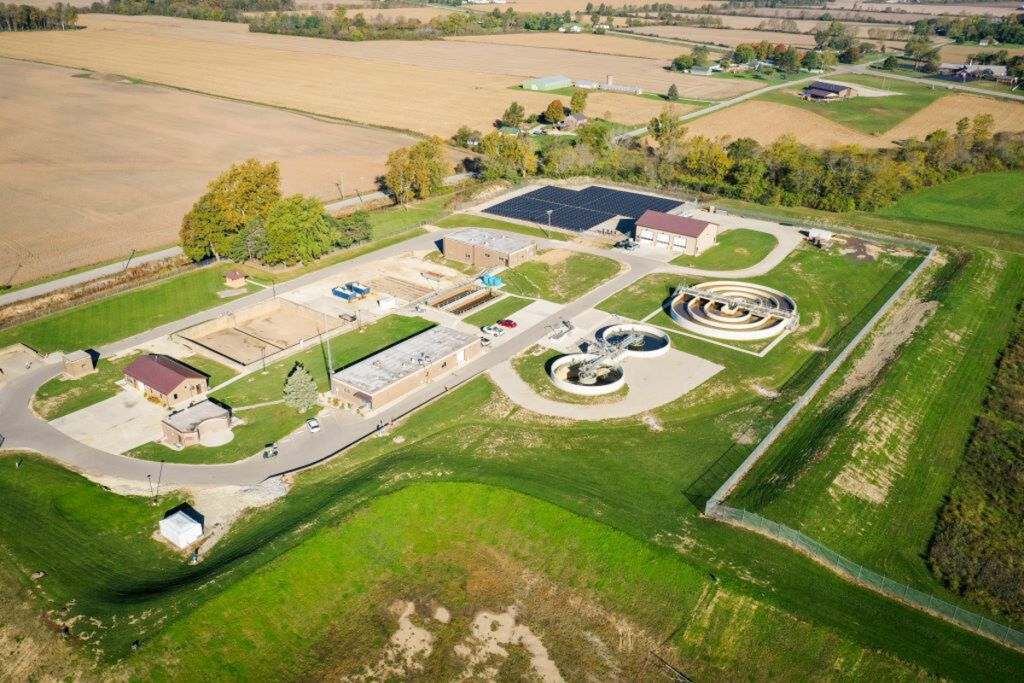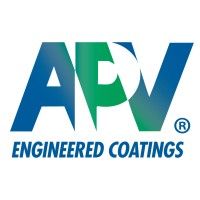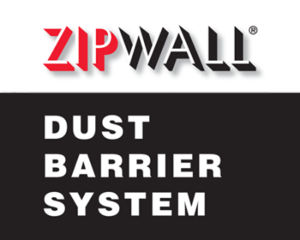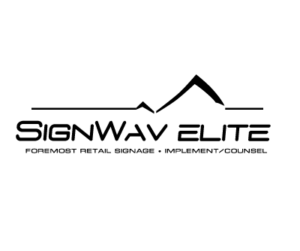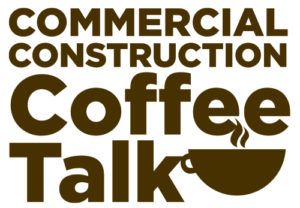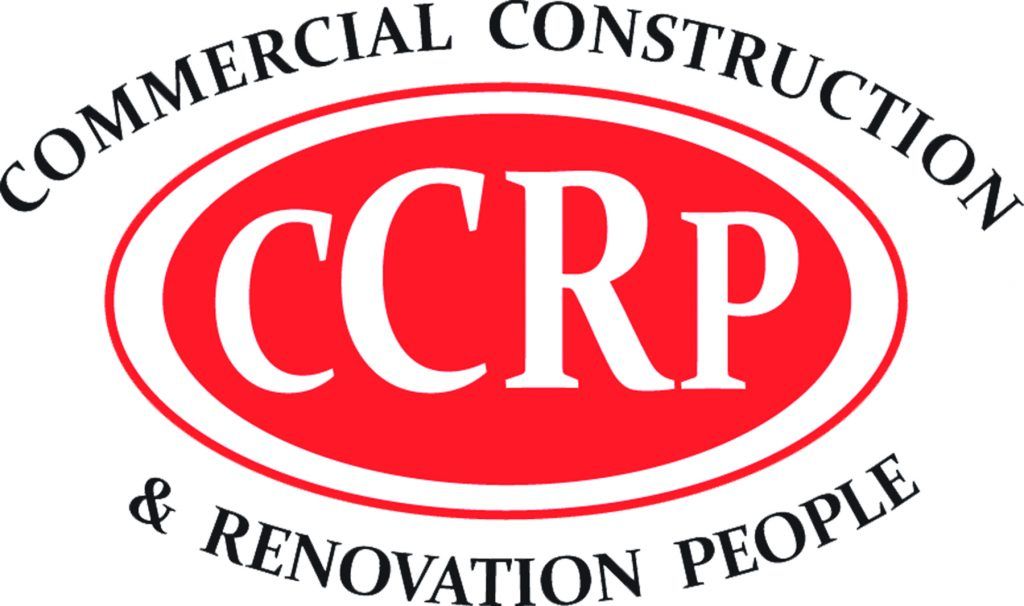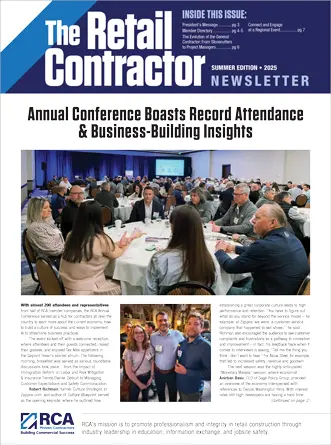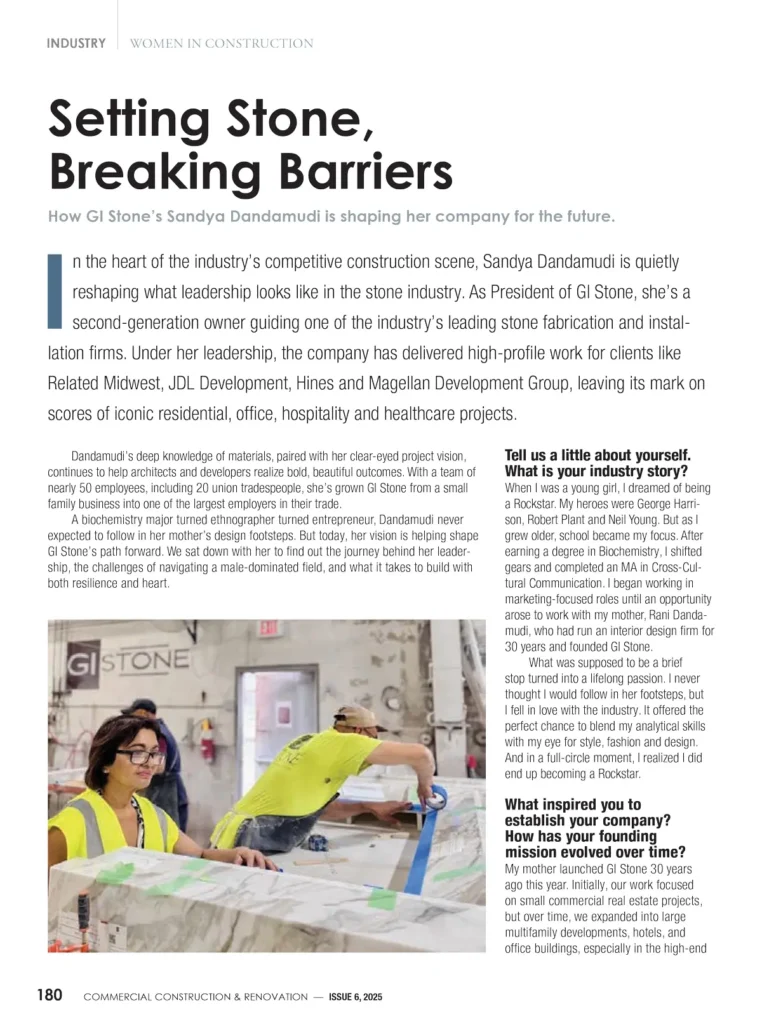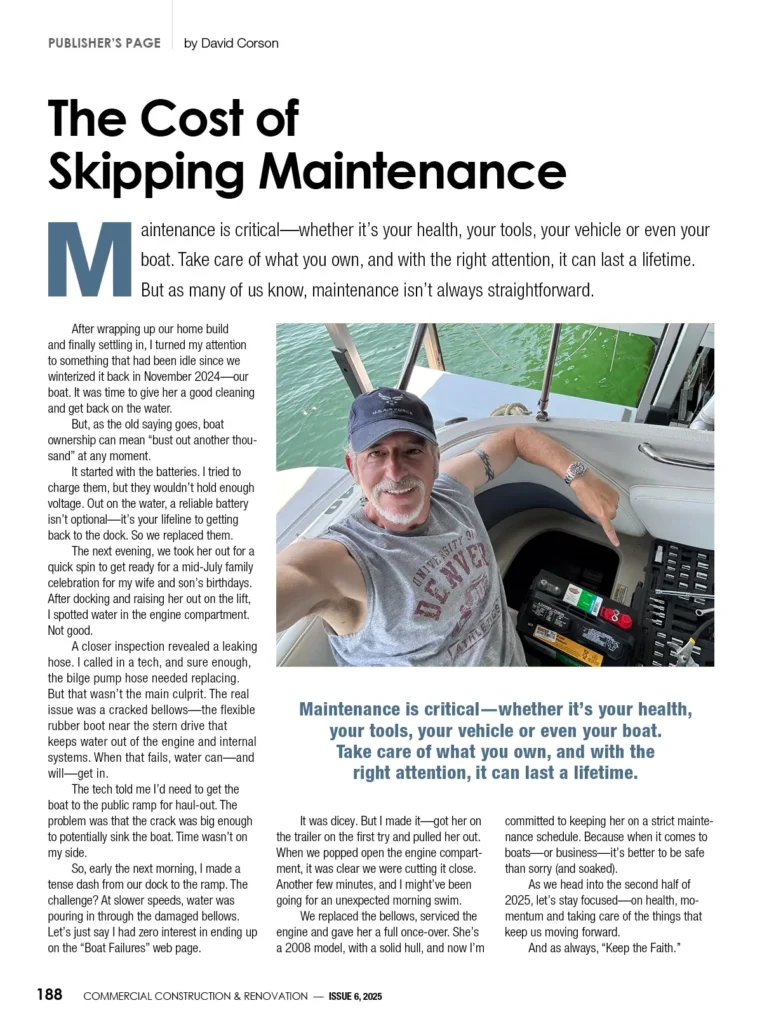Union City, Indiana—a close-knit community of just over 3,500 residents—faced mounting challenges from aging municipal infrastructure. Many of the city’s critical buildings had gone more than two decades without major updates, with deteriorating roofs, outdated HVAC systems, and inefficient lighting systems in need of replacement.
City leadership, including Mayor Chad Spence and the finance director, recognized the urgent need for modernization—but also the importance of doing so responsibly, without burdening the city’s budget or taxpayers.
By partnering with the team, Union City developed a strategic plan to upgrade its infrastructure while leveraging clean energy opportunities. Solar power was integrated where it delivered the most benefit—both in terms of energy offset and as a gateway to access federal grants. These funds came directly back to the city and enabled broader improvements, including high-visibility upgrades throughout downtown and critical facility enhancements that would have otherwise remained out of reach.
“ABM played a critical role in helping us identify what we could be doing better—how we could be more efficient and sound from an infrastructure perspective,” says Union City, Indiana Mayor Chad Spence. “Their expertise helped us hit the mark on sustainability, financial responsibility, and community impact.”
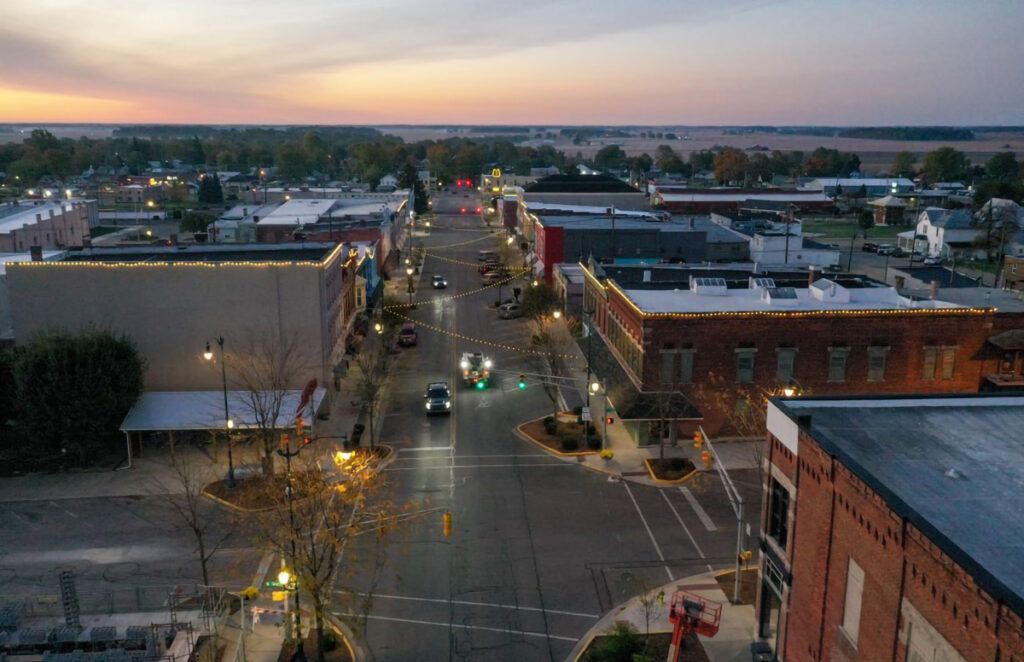 The Challenge
The Challenge
Union City struggled with aging municipal infrastructure—HVAC systems that had surpassed two decades of use, deteriorating roofing and outdated or insufficient insulation across key public buildings. These long-overdue needs posed financial and operational risks, yet city leadership was determined to find a solution that wouldn’t place new strain on the budget.
Complicating matters, previous engagements with regional service providers had left the community wary. Promises of performance had gone unfulfilled, making local leaders understandably skeptical of new proposals—especially from large national firms.
Through a combination of technical/infrastructure expertise, a community-first approach, and a deep understanding of public-sector financing, we earned Union City’s trust and delivered a modernized infrastructure solution that addressed critical infrastructure needs without financial burden. By designing a project centered on energy conservation measures, solar integration and grant-funded improvements, the company was able to modernize the city’s facilities while respecting its values, priorities and fiscal constraints.
The Solution
The project team’s approach began with a thorough assessment of Union City’s energy profile. In close partnership with the city’s utility services, the team analyzed every point of energy consumption across municipal operations to identify inefficiencies and opportunities for clean energy integration. A key focus was shifting suitable electrical loads to solar energy, reducing the city’s reliance on the grid while promoting long-term sustainability.
Understanding that funding was a critical barrier to project execution, the team applied its expertise in state and federal incentive programs to make the initiative financially viable. The team actively pursued grants and alternative funding sources on behalf of the city for over a year, helping to offset upfront capital costs and ensuring the project would not burden local budgets. This strategic financial planning played a central role in bringing the project to life.
We strategically integrated solar power at several key facilities to offset high energy consumption and reduce long-term utility costs. Remote and often unmanned sites like the north and south water plants and the wastewater treatment plant were ideal candidates due to their constant operational loads.
Equally important was the project’s sensitivity to Union City’s identity and values. The infrastructure solutions team recognized the historical significance of downtown buildings and ensured that improvements—such as lighting, HVAC and solar upgrades—were implemented with respect for architectural heritage. This balance of innovation and preservation helped Union City modernize responsibly, reinforcing both its operational goals and its community character.
Project Implementation
The company delivered a $7M infrastructure modernization for Union City, Indiana, implementing over 60 energy conservation measures (ECMs) across seven city buildings and public streets. Every facility received HVAC upgrades, with additional improvements including advanced LED lighting, building envelope enhancements, roofing and solar installations.
The downtown area also saw major LED street-light retrofits and fixture upgrades to boost efficiency and visibility.
Highlights of the project included:
- $7 million in infrastructure upgrades across seven municipal buildings and downtown streets
City Hall: HVAC upgrades, LED lighting, roofing and solar installation - Fire Station: HVAC and LED lighting upgrades, building envelope improvements
- North Water Plant: LED lighting upgrades, building envelope improvements, solar installation
- Wastewater Treatment Plant: HVAC and LED lighting upgrades, building envelope improvements, solar installation
- Downtown Street Lights: 31 LED retrofits, 39 new LED fixtures (nine downtown, 30 outskirts)
- Street Garage: HVAC upgrades, building envelope improvements, roofing
- South Water Plant: HVAC and LED lighting upgrades, building envelope improvements, roofing and solar installation
To modernize Union City’s infrastructure, a comprehensive energy strategy was implemented, encompassing more than 60 Energy Conservation Measures (ECMs) across seven municipal buildings and the downtown district. The project prioritized energy efficiency, operational resilience, and long-term sustainability.
Every facility received HVAC system upgrades to improve climate control and reduce energy consumption, while advanced LED lighting retrofits were deployed both inside buildings and throughout city streets to enhance safety and visibility.
Building envelope improvements, including insulation and sealing, helped reduce energy loss and improved system performance. Roofing upgrades were completed at key sites, some in support of new solar installations designed to lower utility costs and advance renewable energy use.
In all, 70 downtown and perimeter streetlights were upgraded with a mix of new LED fixtures and retrofits. The project team coordinated work across multiple active sites, carefully managing timelines and minimizing disruption to city services to ensure the successful delivery of a $7 million modernization aligned with Union City’s energy and sustainability goals.
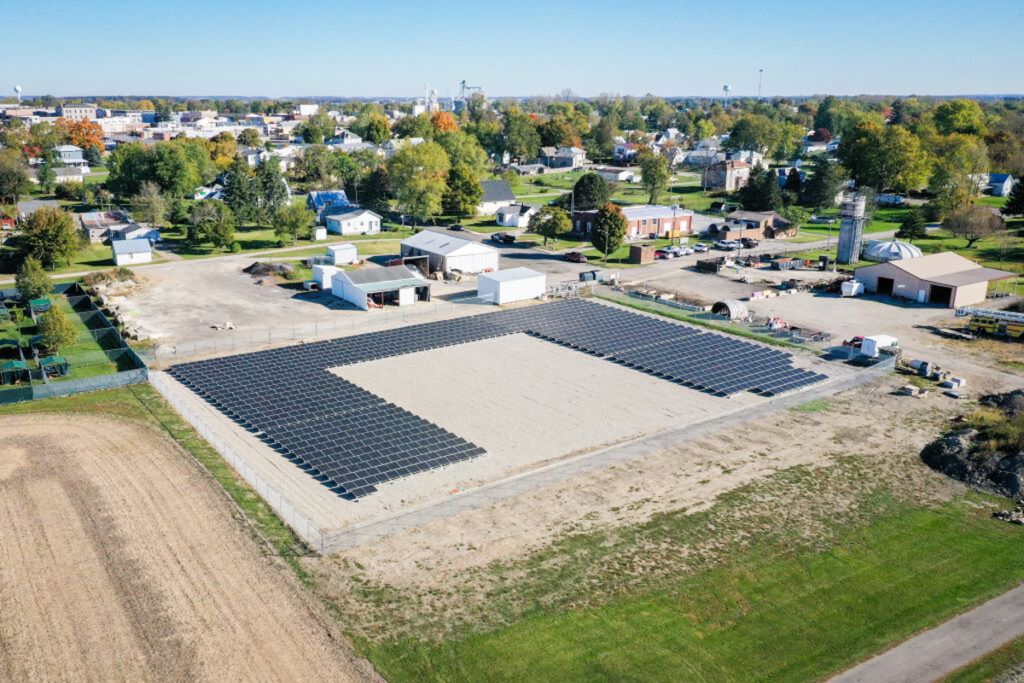 A Look at the Results
A Look at the Results
The $7 million in infrastructure and energy improvements were fully financed with no impact to Union City’s operating budget—requiring no new taxes or bonds. The provider secured and managed substantial federal solar grant funding on the city’s behalf, significantly reducing capital costs and bringing external dollars back into the community.
The Wastewater Treatment Plant alone was costing the city approximately $48,000 annually in electricity, while the South and North Water Plants were costing around $37,000 and $26,000 per year, respectively. In contrast, City Hall’s energy use was minimal—roughly $1,000 annually—making it a lower priority for solar. These figures helped guide the solar deployment strategy, focusing on high-usage facilities where renewable energy would have the greatest financial impact.
These efforts enabled the city to complete major upgrades—such as streetlight modernization, multiple roof replacements, HVAC and envelope improvements—without direct city expenditure. The result is a more energy-efficient, resilient municipal infrastructure that delivers long-term operational savings while preserving the city’s financial stability.
This project stands as a powerful testament to the impact of innovative, world-class infrastructure solutions. By working closely with local leaders, the team helped reimagine infrastructure not just as a necessity, but as an opportunity to elevate the daily lives of residents and create lasting community value.
Through this partnership, the town has crafted a new narrative—one that reflects progress, resilience and a healthier future. It’s proof that when infrastructure investments are guided by vision and expertise, they can spark meaningful change, strengthen civic identity and improve the well-being of entire communities.
Ben Halter is the Senior Marketing Strategy Manager of Manufacturing and Distribution at ABM. He has been with ABM for over four years and has a range of knowledge within marketing and manufacturing and distribution.




